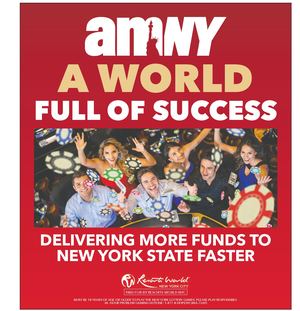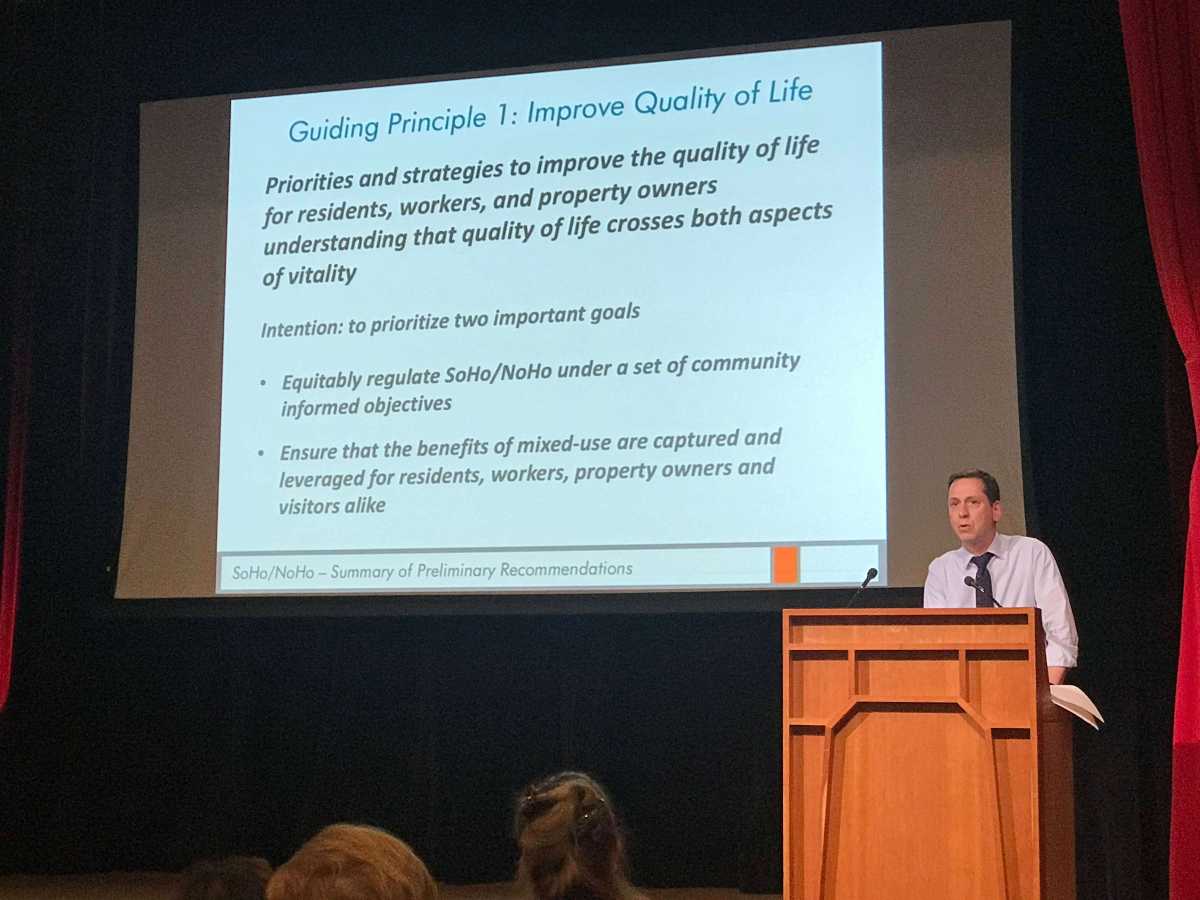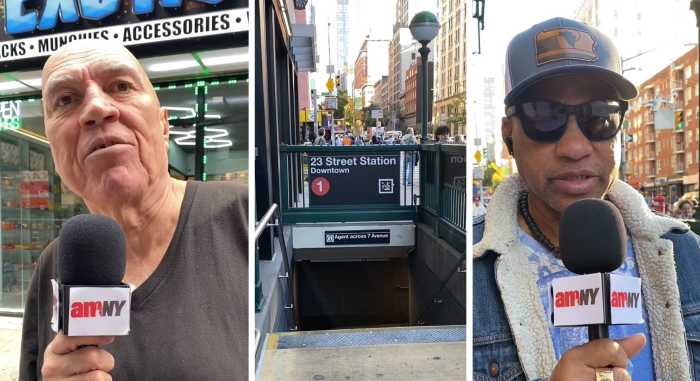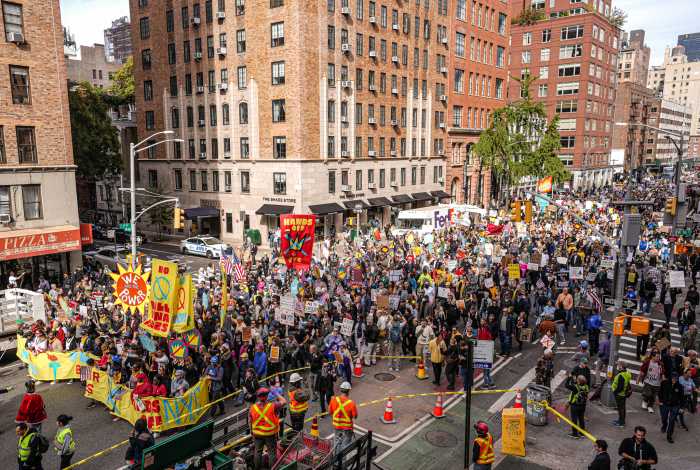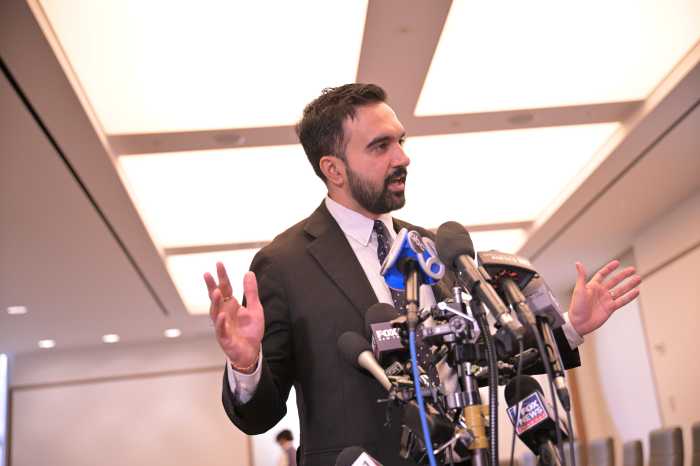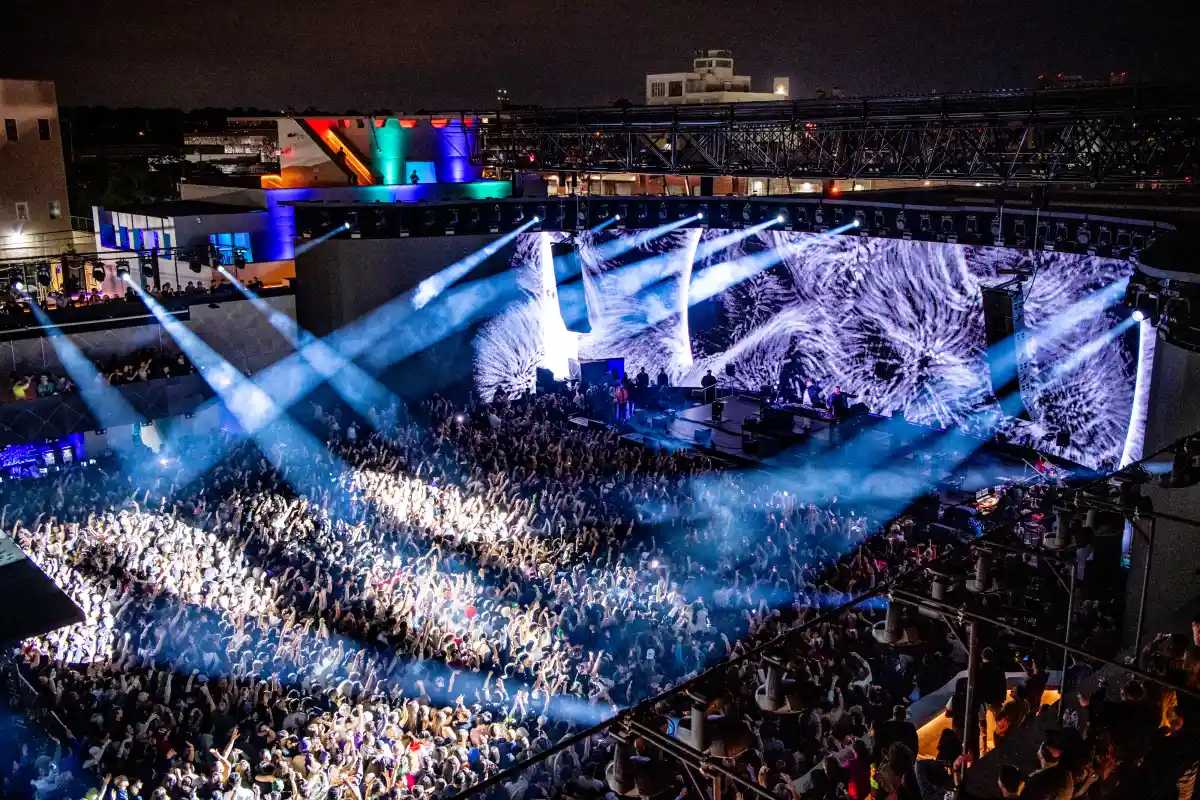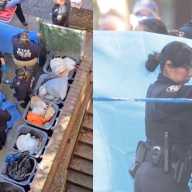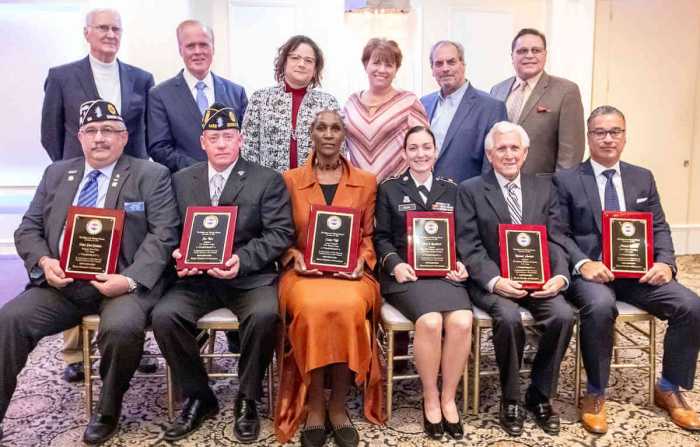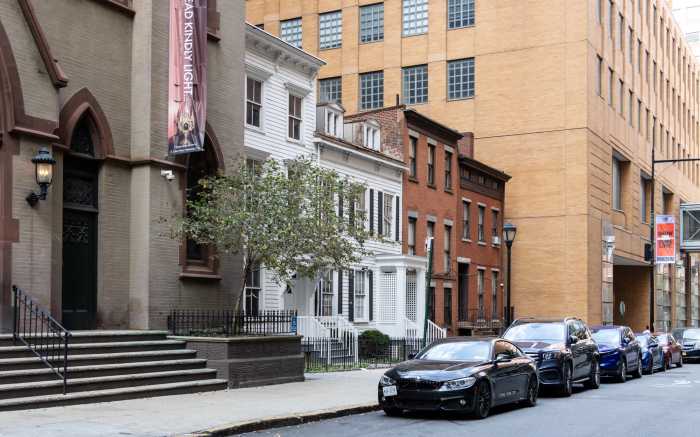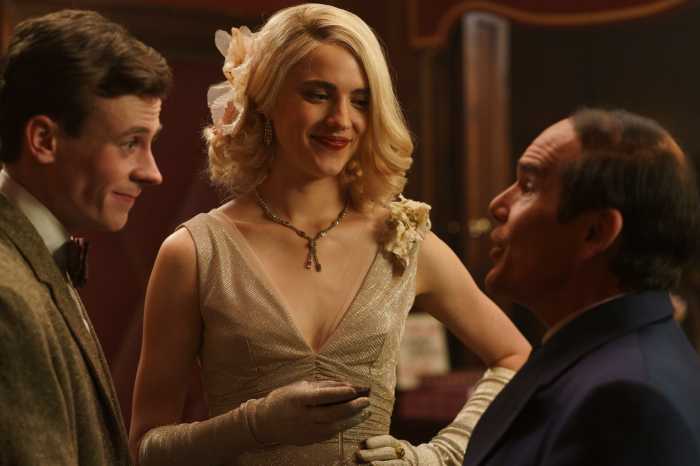BY GABE HERMAN | At a June 13 meeting for the Envision Soho Noho process, preliminary recommendations were presented for issues in the area, based on the process of community input that included four public workshops from February to May.
Some top issues included protecting artists and the artistic tradition of Soho while officially allowing nonartist residency; reducing regulation hurdles for small businesses; and improving quality-of-life issues, such as street and sidewalk congestion, and improving garbage pickups.
Manhattan Borough President Gale Brewer gave brief opening remarks in the auditorium of the Scholastic Building at 130 Mercer St.
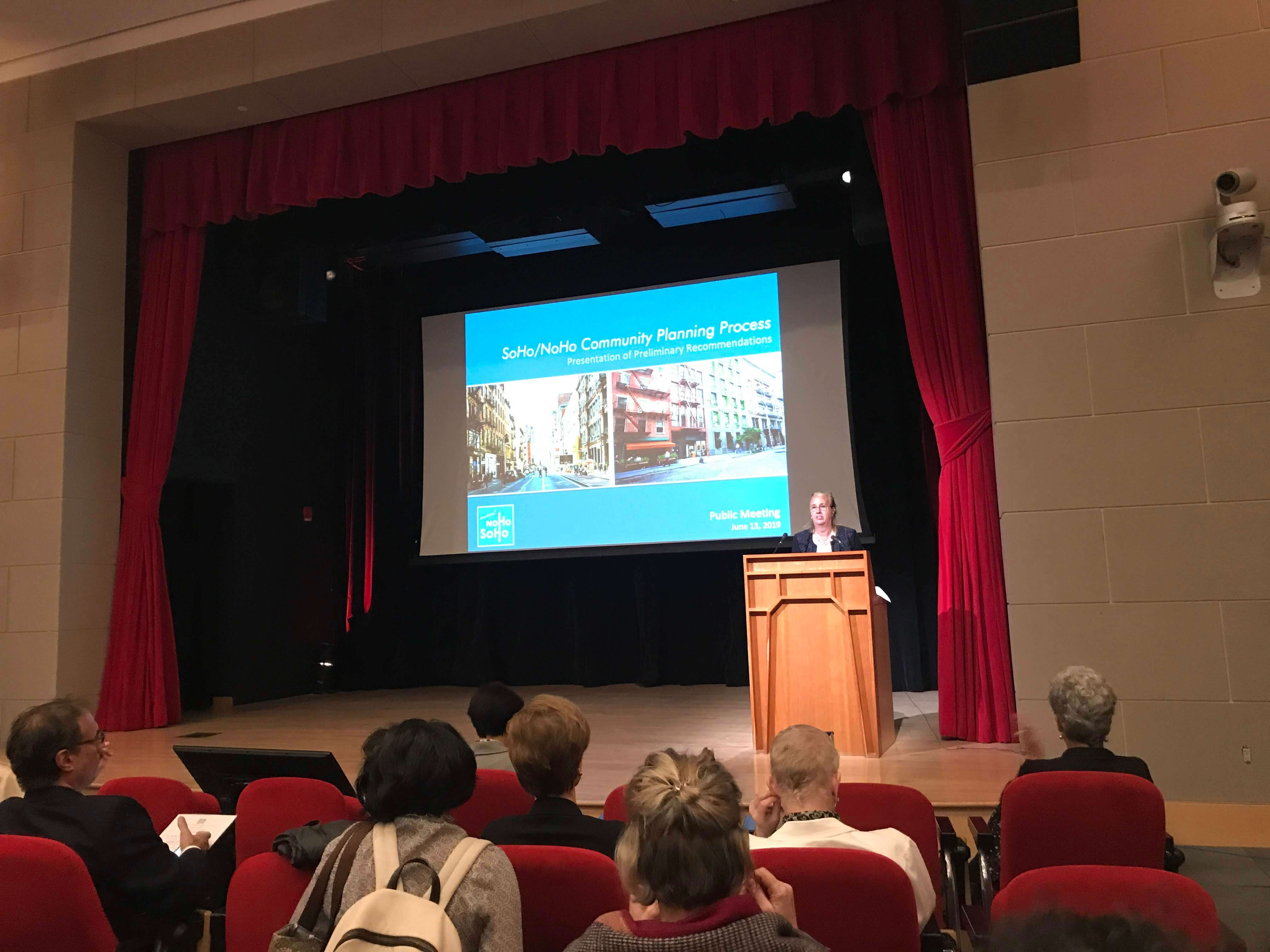
Brewer said she hoped to see feedback incorporated into the final planning.
“This is not the end of the process, it’s just the beginning,” she assured. Brewer said there will be many more meetings, including extending into the fall with Community Board 2 committee meetings.
Consultant Jonathan Martin, from BFJ Planning and the Pratt Institute, outlined the preliminary recommendations. They were separated into three big categories: “improve quality of life,” “ensure neighborhood vitality” and “promote economic vitality.” The full slide show can be found on the envisionsohonoho.nyc Web site.
Regarding improving quality of life, easing congestion was mentioned, along with better coordinating commercial deliveries and adding open spaces and greenery. (Before the meeting, members of Friends of Elizabeth St. Garden passed out fliers urging that the Soho/Little Italy-area garden be saved and that a senior housing project slated for it be relocated to an empty city-owned lot at Hudson and Clarkson Sts.)
The presentation also included maintaining artists residences through the existing Joint Living-Working Quarters for Artists, or J.L.W.Q.A., zoning. At the same time, there was a recommendation for creating a pathway for nonartists to become legal residents, possibly including amnesty for current nonartists in the area until new live-work regulations could be explored.
Other goals outlined included affordable housing for artists and maintaining the area’s character by keeping new buildings consistent with older buildings’ height, scale and density.
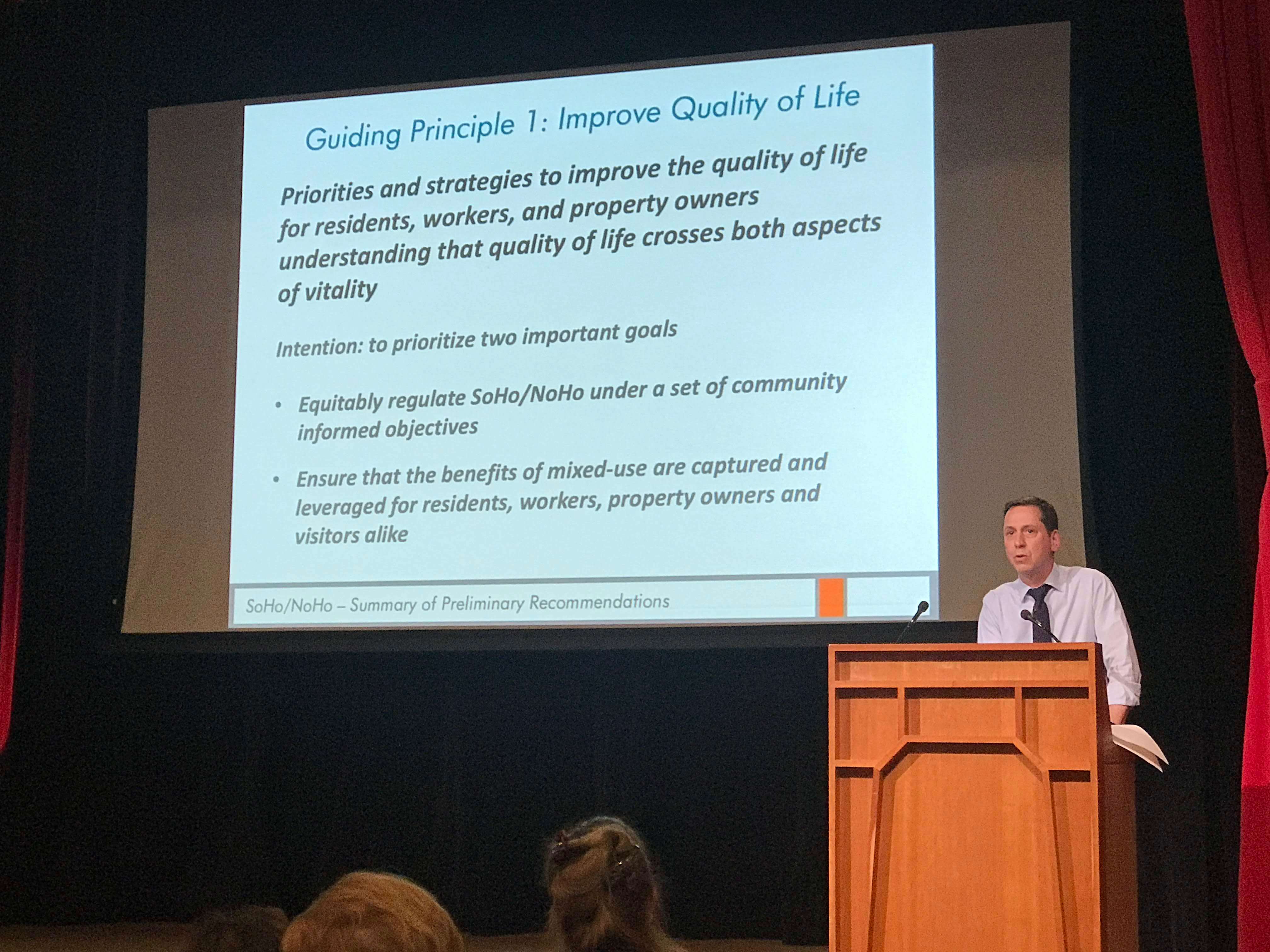
The notion of designating Soho an arts and cultural district was raised. Also stressed was the idea of encouraging and nurturing spaces for artists and smaller cultural businesses, possibly through tax incentives or other financial support.
Martin acknowledged that some of the presentation’s goals were general ideas that needed more fleshing out before they could ultimately be enacted. But he echoed Brewer that it was an ongoing process, adding that people could submit feedback about the presentation on the process’s Web site until June 20, and after that date by e-mailing SoHo-NoHo@planning.nyc.
A report will be released and posted online this summer. Martin said it would include a recommendation to collect more accurate data about how many verified artists are actually currently neighborhood residents.
Beyond that report, there will be opportunity for further community engagement at a C.B. 2 Land Use Committee meeting in October.
During the meeting’s public feedback portion, a local woman stressed that no exceptions should be allowed to the 10,000-square-foot cap on retail stores, though the presentation left open that possibility.
“This is a way to destroy the area,” she declared of larger retail, drawing applause from the crowd.
Another resident said he appreciated the work that went into the presentation, but that people are concerned that New York University is intent on expanding in the area. He cited a report by an N.Y.U. researcher outlining ways to create more classrooms and N.Y.U. housing in the area. In March, an N.Y.U. spokesman denied this was the university’s official position, and Martin echoed this, to groans from the audience.
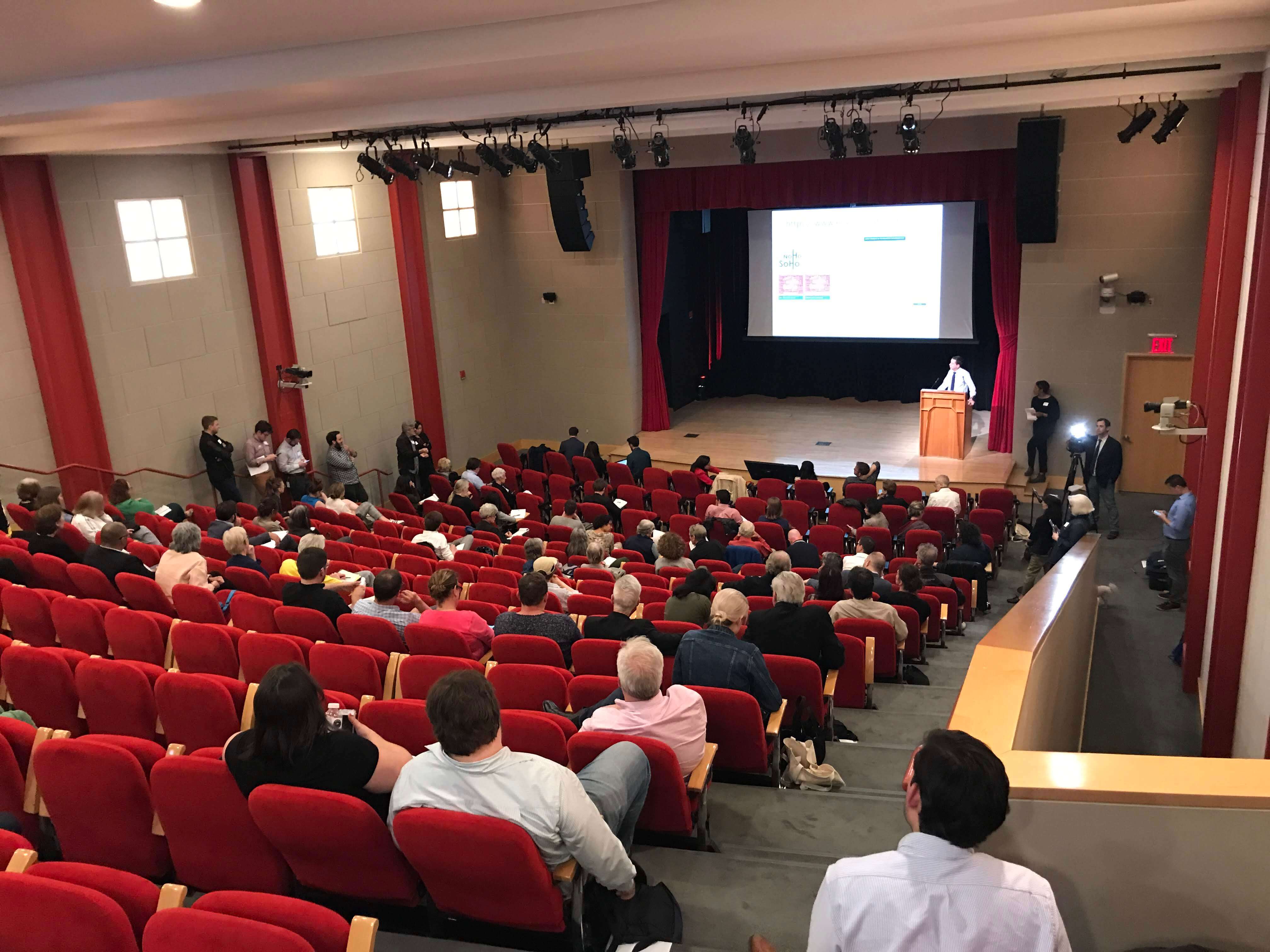
Another woman asked how local politicians could be trusted in this process, when the Elizabeth St. Garden is at risk of being destroyed and N.Y.U. was allowed to build a new tower on Mercer St. between Houston and Bleecker St., which is currently under construction.
“N.Y.U. has bought this city and this neighborhood,” she said.
A man who said he has lived in the community since 1977 complained that noise issues were not addressed in the presentation. He said there has been an explosion of foot traffic, leading to more food trucks, which have noisy, diesel-spewing generators and are parked illegally. He said that London has banned food trucks with diesel exhaust.
Another resident asked what would happen with existing large retail stores that exceed the district’s 10,000 square-foot limit, and if they would simply be grandfathered in.
“I’d prefer them forced down to the 10,000 limit,” he said, “because they offer nothing culturally.”
